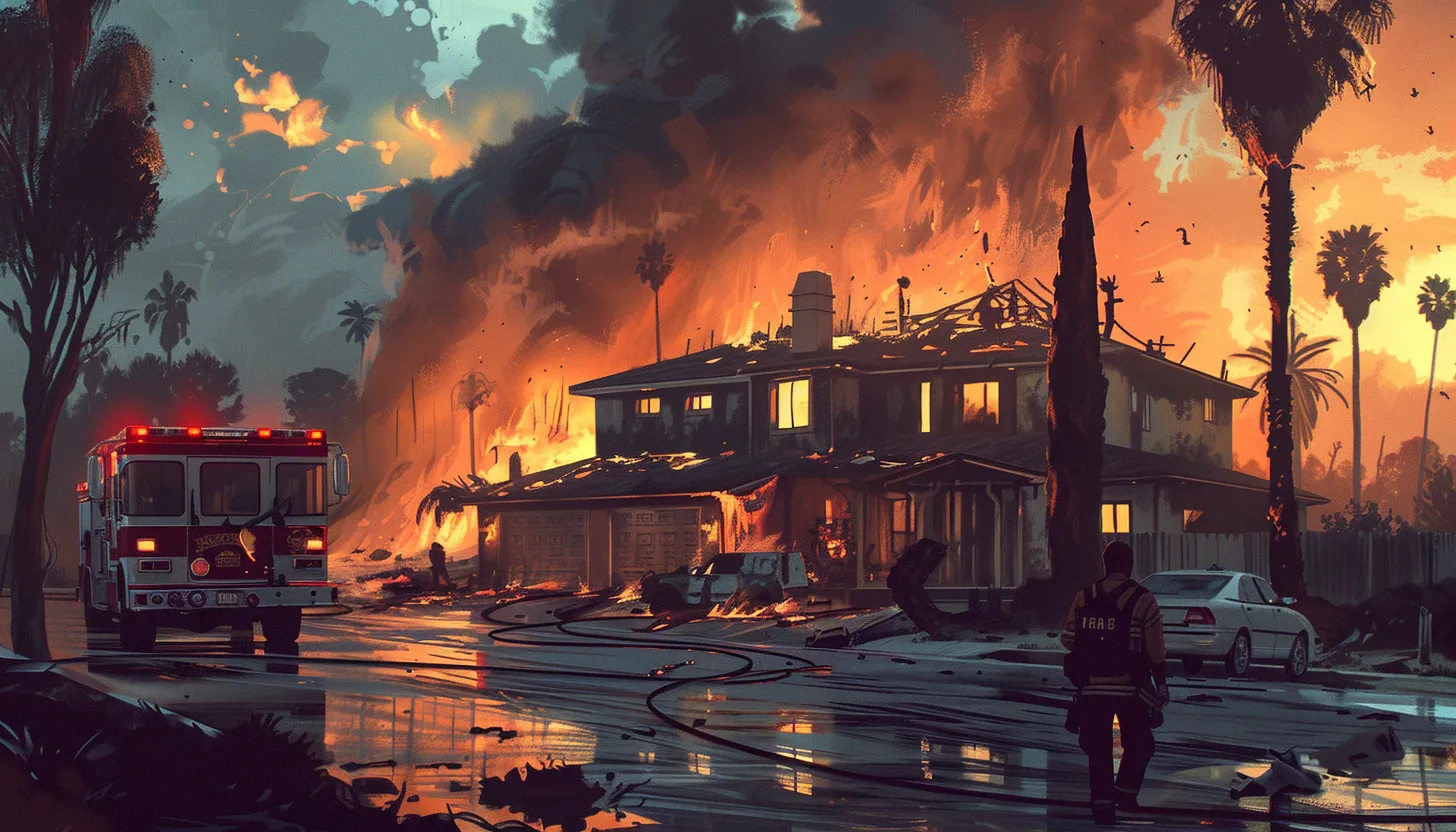The California Park Fire began on July 24, 2024 in Northern California, causing widespread destruction and prompting thousands of evacuations. As residents begin to assess the damage and file insurance claims, ClaimSpot is here to provide crucial information and resources for those affected by this devastating wildfire and to contractors working with homeowners.
Does insurance cover this event?
Typical homeowners insurance and commercial property insurance covers damage caused by fires. However, in areas prone to wildfires like California, some insurance company may require separate or additional wildfire coverage. If you have a loss as a result of the Park Fire, it’s important to review your insurance documents to see if you’re covered.
If you need to evacuate due to the wildfire, your insurance may include loss of use coverage which reimburses costs such as hotels, meals, pet boarding, laundry services, and more.
Emergency repairs: Info for homeowners and contractors
Even before a claim is paid by the insurance company, if a home or business requires immediate repairs your insurance may allow this, but keep the following information in mind:
For Homeowners and Property Owners
- Document the damage: Take photos and videos before making any repairs, or disposing of any belongings damaged by the fire. For things such as electronics and appliances, take pictures of the serial numbers.
- Make only necessary repairs: Focus on repairs that prevent further damage, such as covering broken windows or patching a leaking roof.
- Keep all receipts: Save receipts for materials and labor.
If possible, wait for your insurance adjuster to assess the damage before making any permanent fixes. But do not delay emergency repairs, as your insurance policy likely requires you to take reasonable steps to protect your property from additional damage, such as covering a leaky roof.
For Contractors
- Prepare for Quick Deployment: Stay equipped with necessary emergency repair materials—tarps, plywood, tools, and personal protective equipment—to respond to homeowner calls swiftly.
- Communicate Clearly with Homeowners: Set clear expectations regarding your services, timelines, and cost estimates. Open communication helps alleviate homeowner anxiety and builds trust during stressful times.
- Conduct Thorough Assessments: Before proceeding with repairs, perform a detailed assessment of the damage. Identify structural issues, potential hazards, and the required scope of work to address immediate needs effectively.
- Offer Safe Solutions: Ensure all emergency repairs adhere to safety standards and local building codes. Recommend durable, temporary fixes that can later be followed by permanent repairs.
- Document Repairs for Insurance: Keep detailed records of all repairs performed, including photos and invoices. Share this documentation with homeowners to assist them in their insurance claims.
Start your insurance claim
Even if you have not been able to assess the damage, property owners should contact their insurance company to start the claim process.
Document damage and create an inventory of damaged or destroyed items. Gather any information that can help substantiate your claim, such as serial and models numbers of appliance and electronics. If you have photos of your damaged property from before the storm, that can also be helpful.
Preparing and sending a Proof of Loss can also speed up the claims process.
Contractors and property owners may wish to leverage assignment of benefits to speed and simplify repairs. For more information, review Assignment of Benefits: Ultimate Guide for Contractors & Policyholders.



